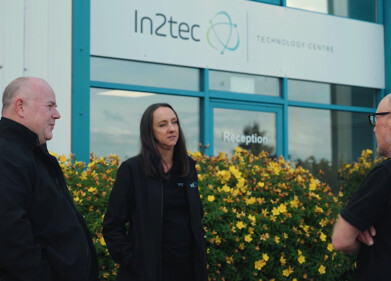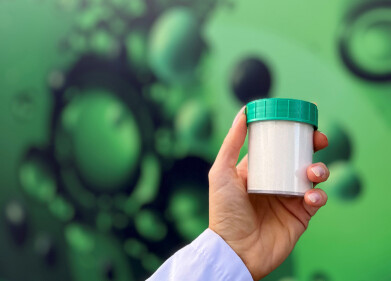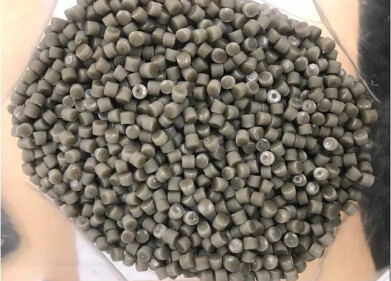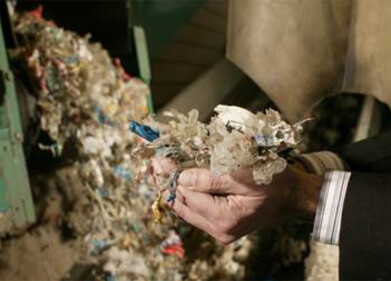Waste Management
Introducing pollution-watchdogs ‘Heal the Bay’
Jul 12 2015
Today, our coastal waters and beaches are typically clean and pollution free, but this wasn’t always the case. It is hard to think that just some 30 years ago, sewage outflow into the oceans meant that fish suffered from fin rot and grotesque tumours.
Who is Heal the Bay?
Heal the Bay is a not-for-profit organisation, founded over 25 years ago in Santa Monica that deals with environmental concerns. It was started after a group of Los Angeles residents decided to make a stand against pollution from the largest sewage treatment plant in Southern California.
Before Heal the Bay took action, surfers would emerge from the sea with flu-like symptoms and skin rashes. And where the end of the sewage outfall was situated, there was a ‘dead zone’ where nothing grew or survived.
Today, the organisation has moved this fight from the Hyperion Sewage Wastewater Treatment Plant, to protecting the coastal waters, beaches and wildlife.
What do Heal the Bay do?
Since the Hyperion Sewage Plant are now meeting the Clean Water Act's standards for wastewater treatment, Heal the Bay are focused on other pollution challenges.
There is the toxic run-off from the miles of streets and thousands of gutters that make up the drainage system in Los Angeles.
Another concern is oceanic debris and rubbish that litter the seas and coastlines. These include manmade plastics which are harmful to fish and smaller marine life.
The organisation are also looking the problems of overfishing in the Southern Californian areas, and how industrial uses, such as desalination plants, could be destructive.
Heal the Bay awards top marks to beaches in Marin
Heal the Bay are now a renowned name in coastal regions along California, and to receive one of their top ratings is a real accolade, and a big draw for tourism.
Around 24 coastal beaches along the shorelines of Marin scored top marks from Heal the Bay. According to the pollution watchdog, most of the Californian beaches received an ‘A’ grade, but a few in Marin were awarded the coveted ‘A+’ rating.
“It’s great news,” said Kevin O’Donoghue, the park’s supervising park ranger.
The Heal the Bay analysts based their grades of the levels of weekly bacterial pollution by collecting weekly water samples from shorelines sites.
The samples were taken during the dry weather season, as because of the runoff during the wet weather, pollution is typically higher.
Does the weather affect pollution along the coastlines?
In the wet season, when there is more rain, the additional water can carry with it more dirt and debris. This can then be transferred into the oceans which then makes the pollution count higher in the autumn and winter months.
Currently, California is experiencing extreme dry weather conditions:
“The severe drought now impacting California appears to be a major contributing factor to generally strong water quality at beaches state-wide,” Heal the Bay said.
“With record low rainfall reducing the amount of polluted runoff funnelled into our seas, beach grades across the state are consistently outperforming their five-year average.”
However, Lorene Jackson, an environmental health services project manager, said that although wet weather can affect the results, there is not a grant to test the water during the winter. This is because the authorities have deemed it important for the beaches to be clean for the tourists:
“The intent of the grant is to monitor beaches for recreational use and there are not many folks in the water” during the winter, she noted. “Bacterial results are not reliable in the wet season” because they fluctuate widely with rain and variable runoff.”
To see how pollution affects sea creatures today read the following article, A Shark’s Eye View of Pollution.
Events
Nov 26 2024 Paris, France
Nov 27 2024 Istanbul, Turkey
H2O Accadueo International Water Exhibition
Nov 27 2024 Bari, Italy
Biogas Convention & Trade Fair 2024
Nov 27 2024 Hanover, Germany
Dec 11 2024 Shanghai, China







-as-feedstock.jpg)






